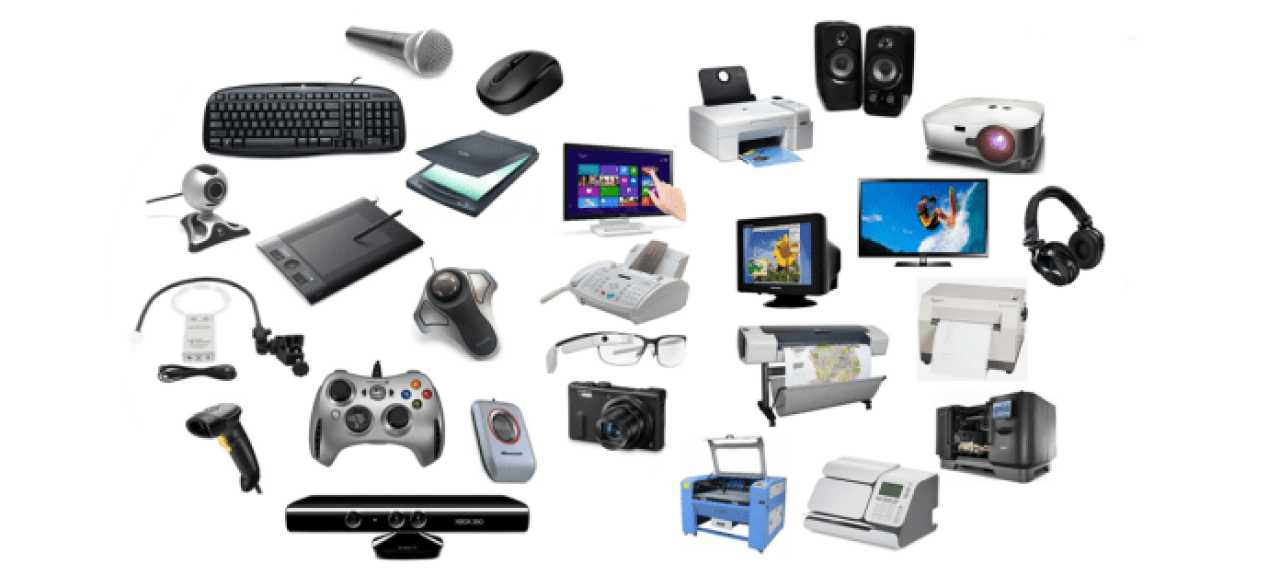Differences Between Input And Output Devices

The landscape of hardware components within a computer system is vast, encompassing numerous interconnected parts and essential software installations. A computer's fruition hinges on the seamless integration of these components. Among the pivotal elements utilized for interacting with computer systems are input and output devices. In the contemporary digital realm, the distinction between input and output devices is ubiquitous, extending beyond mere literal interpretations. Both input and output devices hold indispensable roles in ensuring the efficient functioning of a computer system.
Devices within the realm of computing can be categorized into two broad classes: input devices and output devices. While most devices fall into either input or output categories, there exists a subset, known as I/O devices, capable of both receiving input and providing output. These devices can either be integrated into a computing device, such as the display on a laptop or smartphone, or function independently, like a mouse or external speakers connected to a desktop computer. The control dynamics also differ – output devices are managed by the computer, while input devices are under the user's control.
A deeper exploration of the disparities between input and output devices reveals the pivotal role they play in data exchange between a computer system and the external environment. Input devices facilitate the introduction of data into the system, initiating a cascade of distinctions between the two. Output devices, conversely, are instrumental in transmitting data generated by the computer to the external world. This article delves into the nuanced differences between input and output devices, offering a comprehensive understanding of their functionalities.
Key Differences Between Input and Output Devices
1. Description
Input devices facilitate the user's input of data into the computer, forwarding this information to the CPU for processing. In contrast, output devices execute tasks using data from the computer, providing the processed data back to the user.
2. Functionality
Input devices can provide data to other devices but do not receive data from them, while output devices can only receive input from other devices and use that data to produce output.
3. Necessity
READ ALSO » Different Between UX And UI Designer
Input devices are crucial for processing data and receiving orders from users, whereas output devices are essential for sharing the computer's findings with users and soliciting additional input and orders.
4. Example
Input devices include keyboards, mice, microphones, webcams, and more, while output devices encompass printers, monitors, speakers, and projectors.
5. Complexity
Input devices are intricate, incorporating complex code to ensure effective user-computer interaction. Output devices are comparatively simpler, requiring no learning process as they only display results.
6. Translation
Input devices convert user-friendly instructions into machine-friendly instructions, while output devices perform the reverse, translating machine instructions into user-friendly language.
7. Accessibility
Input devices involve obtaining instructions from the user and sending them to the computer, emphasizing the need for user-friendly access. Output devices, however, can be integrated into the computer without requiring physical connection.
8. Attributes and Affordability
Input devices are generally smaller, designed for comfort and user-friendliness, while output devices focus on output quality and size. Input devices are more affordable, with keyboards and mice costing less than LCD monitors and printers.
9. Computing Sequence
Input devices are used before output devices in computing tasks, with data input preceding data output.
10. Form
READ ALSO » 7 Practical Strategies To Achieve A Healthy Balance Between Work And Personal Life.
Users physically engage with input devices, such as keys, buttons, or cameras, for data entry. Output devices, larger and never directly contacted, include screens or speakers for data output.
11. Control
Users control input devices by entering commands, information, and instructions, while output devices are managed by the computer's CPU.
12. Purpose
Input devices convert external signals (electrical, optical, audio) into digital data for the computer, while output devices retrieve data from the computer, providing the information needed by the user.
In conclusion, the distinctions between input and output devices are fundamental to the effective operation of computers. These devices serve as conduits for the exchange of information, enabling a computer to execute specific tasks. The intricate interplay between input and output, coupled with memory and processing components, forms the backbone of a computer's intended functionality. While input devices transmit data into the computer, output devices receive and display the processed data. Recognizing these differences enhances comprehension of the roles these devices play in the dynamic landscape of computing.
